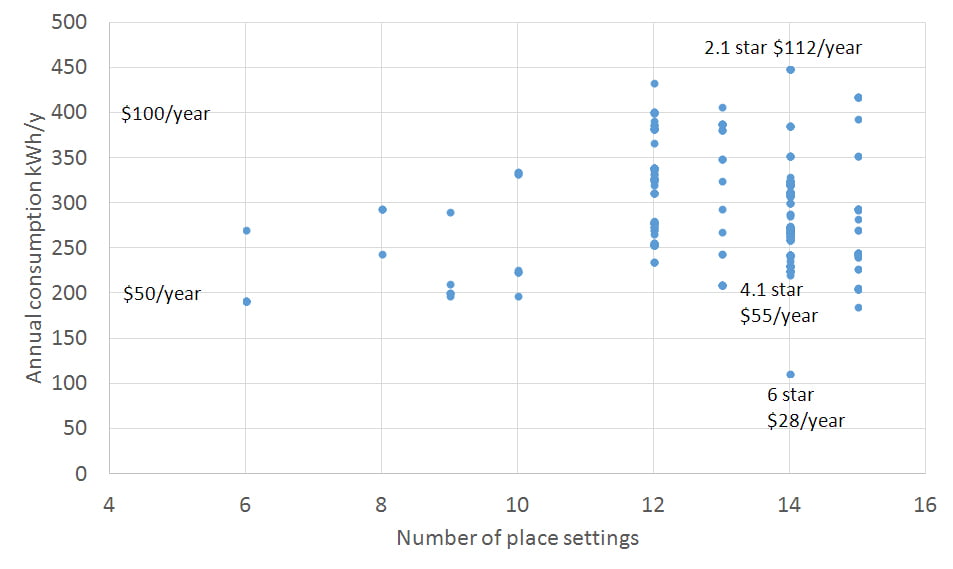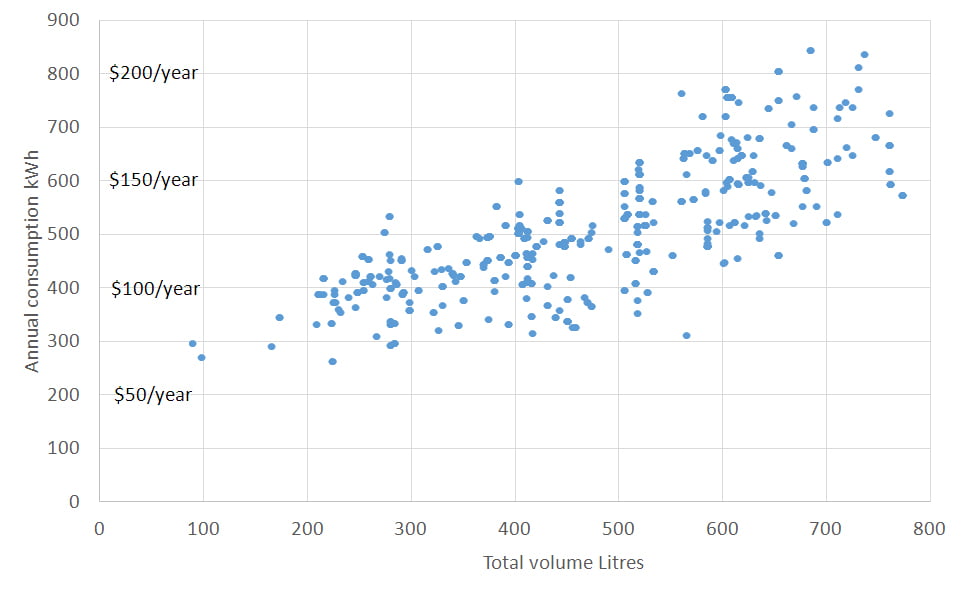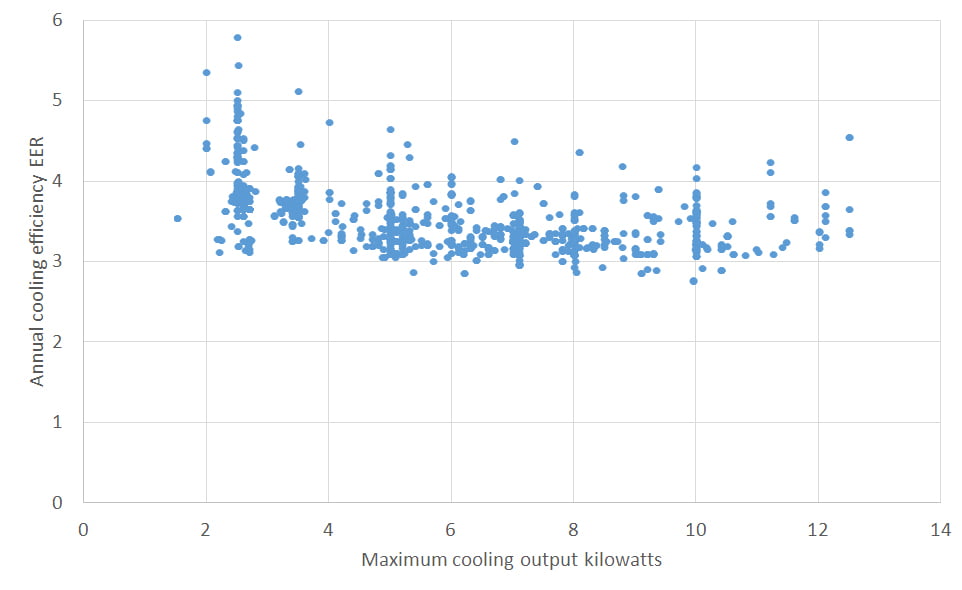It’s in the Stars: The importance of efficiency ratings
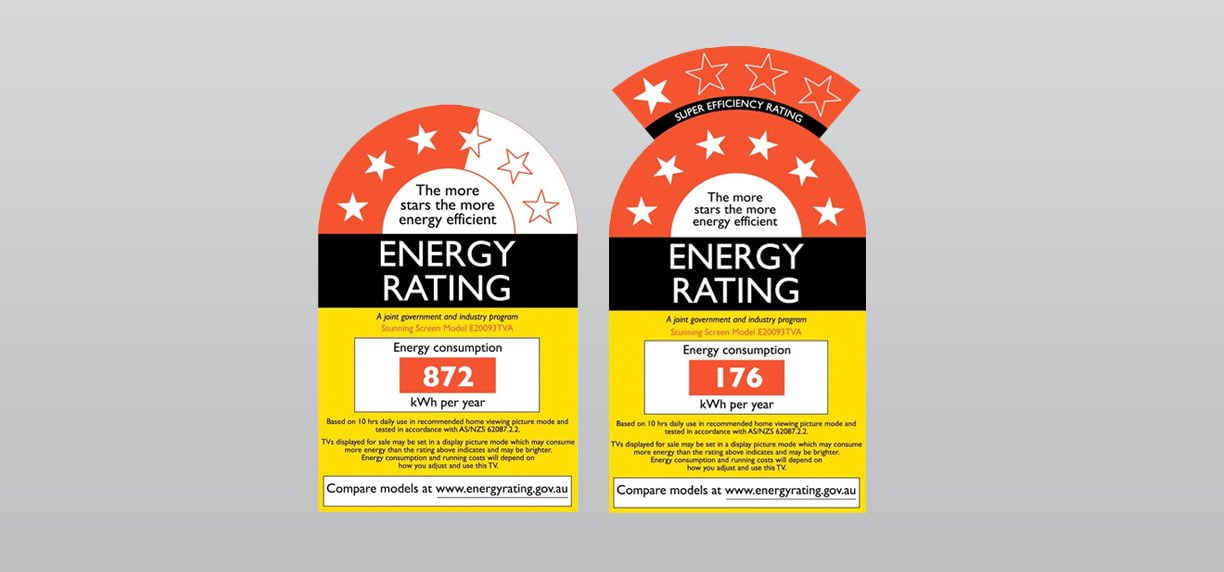
With household appliances the main contributors to a home’s energy use, it makes sense to ‘buy smart’ and ‘use smart’. Eva Matthews investigates how to achieve savings and help save the planet.
This article was first published in Renew 134 (January-March 2016).
When buying anything for the home, the item’s upfront cost, look and functionality are prime considerations. For some of these—furniture, for example—this is where the buck stops. But when it comes to ‘big ticket’ household items such as whitegoods, computers and home entertainment systems, heating/cooling units and hot water services, another element comes into the mix: ongoing running costs. Whether powered by electricity or gas, these costs accumulate over the life cycle of an appliance or system, and so the energy efficiency of these items becomes an important consideration in the purchasing decision. It’s not just about the money, of course—greater energy use means greater greenhouse gas emissions.
Energy efficiency is determined not only by the inherent mechanics and technology of an item, but also by its location (in Australia, as well as within or around the home), its age, the use of its various features and its level of maintenance. Achieving the best energy efficiency, then, becomes a combination of buying the item that uses the least amount of energy to achieve the functionality you require, as well as operating it in a way that maintains optimal efficiency over its life cycle.
A 2008 Australian government study on residential energy trends forecast ongoing growth of around 5% per annum in appliance energy use. However, the latest study suggests consumption will be fairly flat: our appliance efficiency programs and other factors are working. But to maintain and improve on this trend we need to keep working to improve efficiency to offset population and economic growth.
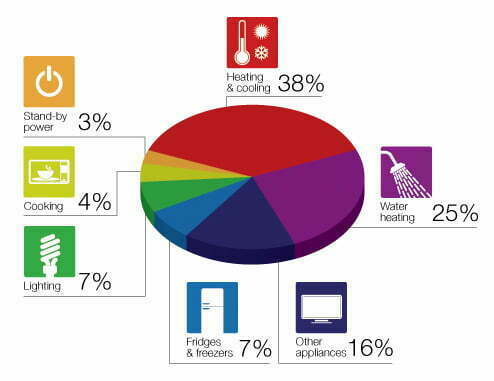
This graph shows the breakdown of average household energy use for the whole of Australia, based on Baseline Energy Estimates 2008. Percentages will differ by state/climate and fuel types. This graph includes all fuel types; electricity is under half of total household energy. An updated report has been released in 2015: heating and cooling has increased to 40%, water heating reduced to 23% and appliances (including fridges and freezers) increased to 25%.
Buying efficient appliances
So how do you buy energy-efficient appliances and then use them most efficiently?
Regulatory measures have been put in place to encourage manufacturers to improve the efficiency of the products they send to market, and to help consumers make the best choice to meet their needs. These are the Minimum Energy Performance Standards (MEPS)—which specify the minimum level of energy performance required of appliances, lighting and electrical equipment before they can be offered for sale or used commercially—and Energy Rating Labelling, which uses the ‘Star’ energy rating system to help consumers compare like products in terms of their energy efficiency.
Australia was among the first in the world to introduce mandatory energy rating labelling, pre-dated only by Canada (1978) and the USA (1980). It was introduced in Victoria and New South Wales in 1986, and a national scheme agreed to in 1992. However, it was only 15 years ago, in 2000, that it was fully legislated in each state and territory.
We are all familiar with Energy Rating Labels (ERLs)—the red ‘rainbow’ filled with stars, atop a yellow box, stuck to the front of a dishwasher, fridge or other major appliance. Indeed, a review of their effectiveness, completed in March 2014, reported that 97% of surveyed consumers recognise the ERL. Further, it noted that 62% use the ERL to research an appliance’s energy use, and 80% use the information on the ERL to compare appliances when making their purchasing decision.
The key pieces of information on an ERL are the number of Stars (up to 10)—the more Stars, the more energy efficient the appliance—and the energy use of the appliance in kilowatt-hours (kWh) per year when tested to the relevant standard. The Stars give you a quick visual cue as to an appliance’s energy efficiency, while the kWh rating gives more detail as to its actual average energy use. It’s important to consider the energy use figures, rather than just the Stars alone, as the Star rating is a measure of ‘efficiency’ for a given sized appliance. Thus, a larger appliance may be given the same Star rating as a smaller version, but use more energy.
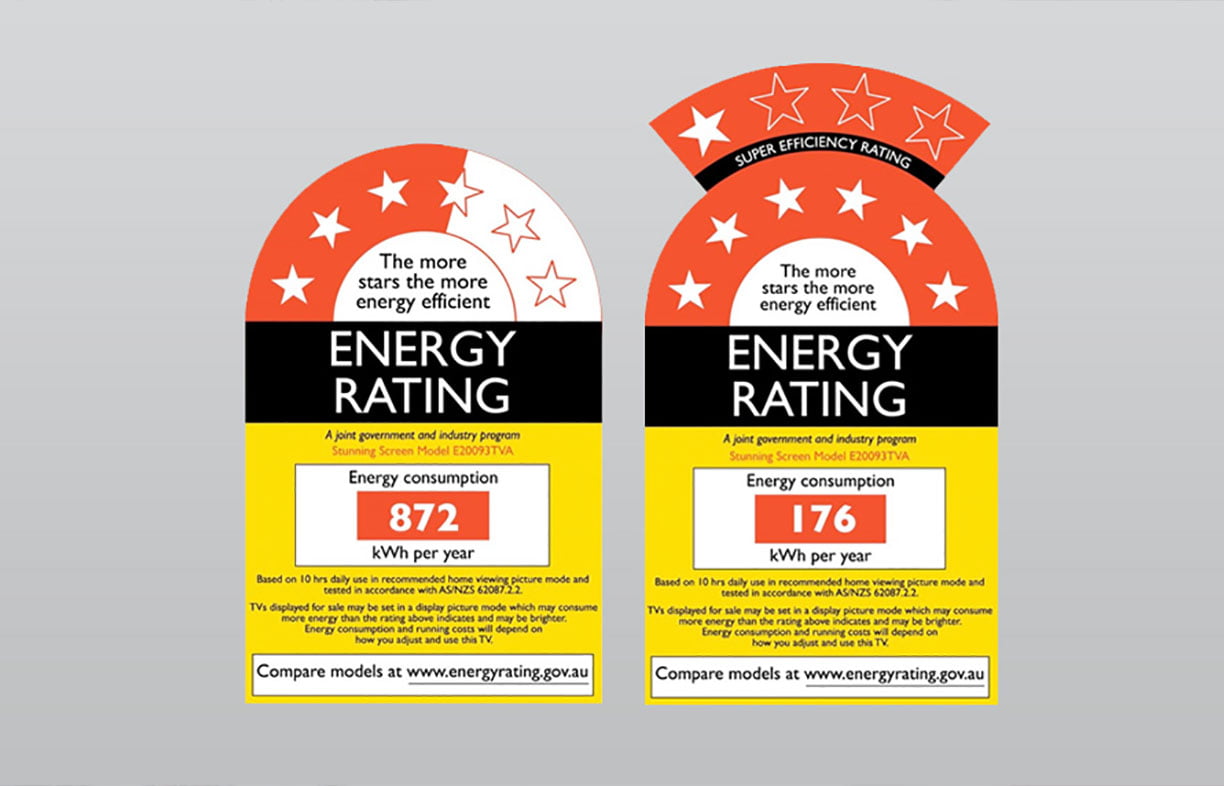
The website www.energyrating.gov.au and its associated mobile app can be used to calculate the running cost of various models of appliances across the categories included in the ERL program (air conditioners, clothes washers and dryers, fridges and freezers, dishwashers, computer monitors and televisions). You can select the models you’re considering purchasing, key in your electricity cost and choose the likely life cycle of the appliance, and the yearly running costs are calculated for you, allowing you to make an easy comparison between the models (noting that actual cost will vary per household, depending on how and where you use the appliance).
The Energy Ratings website also includes a list of all models of a particular appliance type with their Star ratings, which can be useful as a starting point to find the best options available; access it by the button ‘Registration database’ on the website’s home page.
There are numerous other sites hosted by energy retailers and suppliers, and state governments, that have online running cost calculators for appliances in the ERL program, as well as lighting, heaters, hot water services, pool pumps and small appliances. For example, see www.smarterchoicecalculator. com.au and www.switchon.vic.gov.au. These all vary slightly in terms of the data they’re based on, the search/input options they provide and what information they require from you, so it’s worth checking them out. The good thing about these is that they allow you to key in your specific frequency of use, which can give a more realistic running cost for your household. If you’re a subscriber to Choice, or have access to a library that subscribes, you can also get standard life cycle running costs for various models of the appliances they’ve tested, alongside the features and specifications, to help you with your purchasing research.
Another useful calculator is the EPA greenhouse calculator, which allows you to compare behaviour and installation factors as well as equipment energy efficiency. It only reports greenhouse gas emissions, not running costs, but you can convert as described in the Assumptions link on the home page.
It seems sometimes that the more energy efficient an appliance is the more it costs up front and this may, at first glance, dissuade you from buying it. However, when you take into account the life cycle running costs, you may find that (with the money you’d save over the long term) it’s worth paying a little more up front for the more efficient model. And, even for appliances at similar, middle-range purchase prices, there can be big differences in energy running costs, so it pays to do your homework. For example, see Figures 1, 2 and 3 for the performance ranges for dishwashers, fridges and air conditioners. As you can see, selection of size also matters!
Operating appliances efficiently
While ERL information and running cost calculators can help you ‘buy smart’, you can also optimise the efficiency of the appliances you own by the way you operate them.
There are a number of factors that affect how efficiently an appliance will run. Some are common to all, and some specific to particular types. Common ones include its age, how well and often it’s serviced, what time it’s used, which features are utilised and how much air is able to flow around it. For air conditioners, location within/around the house and whether it’s in the tropics or in colder regions make a difference. Air conditioners or heaters will be affected by a home’s design, draughtproofing and insulation. Some of these factors may be beyond your control–for instance, you may be renting and therefore can’t do anything about the home’s insulation–but there is still a lot you can control to make sure your appliances operate most efficiently (Tips are listed at the end of the article.) The same websites that have the ‘running cost calculators’ also include further handy hints for using appliances wisely, as do www.yourhome.gov.au, www.yourenergysavings.gov.au and www.sustainability.vic.gov.au.
A word on standby power
Leaving appliances on when they’re not being used can account for up to 10% of household electricity usage. This is not insubstantial! A microwave oven, for example, can use more energy in standby mode—powering the clock display—than it does to cook/heat food over the course of a year. So, ‘running appliances efficiently’ is also about considering when they can/should be turned off. As noted in the latest Residential Energy Baseline Study: Australia, August 2015, standby power has been dropping for new appliances, but it can still be significant.
Replacing old appliances
Even assuming you do everything you can to operate your appliances efficiently, in some cases the best thing you can do—for your hip pocket and the environment—is to replace old with new. In general, the older the appliance, the less efficient it will be and the more it will cost to run. Even though you’ll need to outlay substantial cash to buy a new unit, the savings you’ll make from cheaper running costs will go a long way to offsetting the changeover cost.
For example, if you have a 15-year-old fridge, it probably has five years before it will need to be replaced. Conservatively, it is likely to cost you $100/year more to run this fridge than a new, efficient model. So, you could put the $500 you’d save over that time towards a new fridge now, and also enjoy the extra features it will offer over the old one.
And when you are ready to get rid of an old appliance, dispose of it thoughtfully— talk to your local council about recycling programs in your area. Planet Ark’s website www.recyclingnearyou.com.au also has a useful search function that provides a list and contact details of recyclers in your area (including council waste transfer stations, scrap metal businesses and charities).
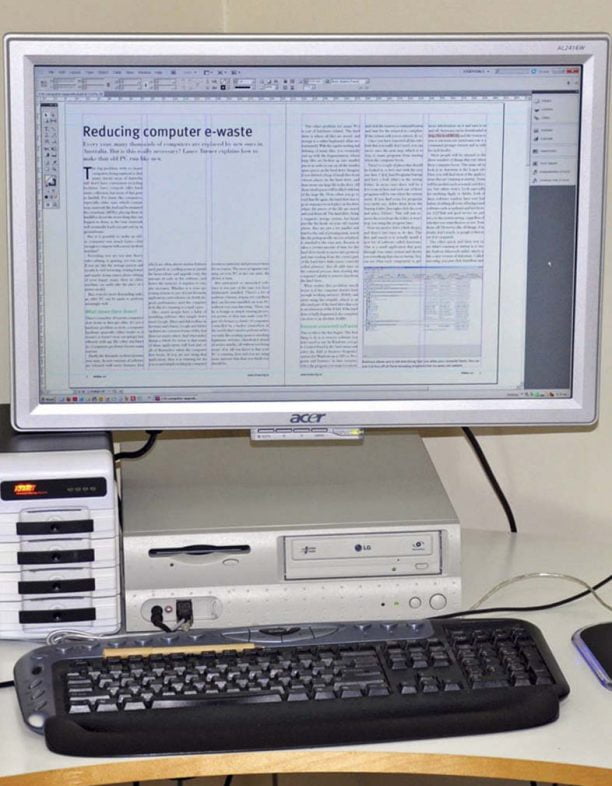

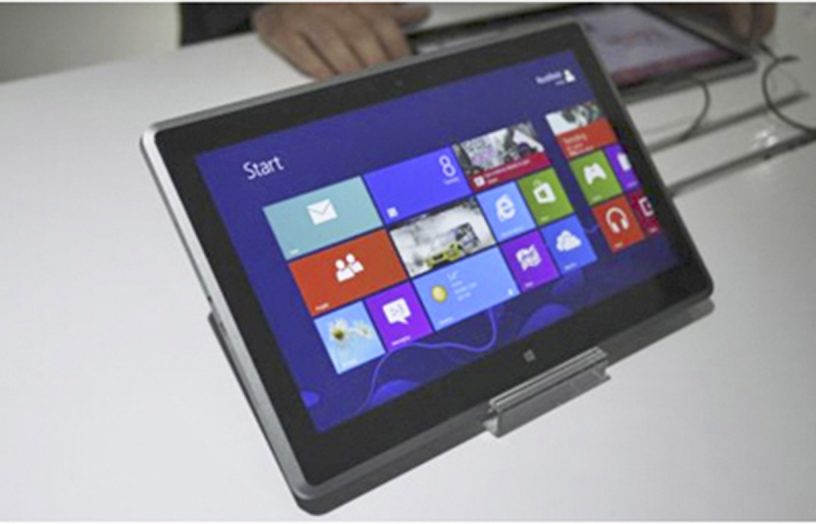
Monitoring actual energy use
While the data from appliance labels are a good starting point for choosing efficient appliances and systems, knowing when, where and how much energy is actually being used is key to reducing energy consumption and saving money.
Technologies for monitoring household energy use, in real time, include:
- electricity ‘smart meters’ that transmit near-real-time consumption data (these have been installed, as a result of government initiatives, across most of Victoria and also in parts of WA and SA)
- web portals and in-home displays that display your energy-use data, as measured by your smart meter and transmitted to/recorded by your electricity supplier (typically at half-hourly or hourly intervals); non-smart meter versions are also available
- plug-in power meters, such as the Power- Mate, for individual appliances.
Web portals enable you to view the flow of electricity use throughout the day and also compare it with other days/time periods. Linking this with your knowledge of what appliances were used in peak times allows you to consider how/when they might be used more efficiently.
In-home displays provide a greater level of detail, and can be viewed in near-real-time. For example, switching an appliance on and off, you can see how much energy it is using and how much that is costing you; doing this at different times of the day/night can alert you to potential cost savings.
Power meters, connected between the mains socket and the appliance, tell you how much energy is being used—you can see instantaneous power draw and energy use for a period of time. It is wise to look at energy use over a full day or more (and for some appliances, such as fridges, in different operating temperatures), as many appliances use different amounts of power depending on their operation cycle (e.g. fridges draw more power to cool after the door is opened or when defrosting).
See ‘Meter Matters’ in Renew 130 for more info on energy meters.
Considerations when buying and using appliances
When purchasing:
- Aim for at least 4 Stars, although Star rating does tend to decrease as size goes up; small to medium 6 or 7 Star units are now available
- Size appropriately for the area you are aiming to heat/cool—considerations include room size; your home’s insulation and external wall materials; number and size of windows and their shading/ orientation; www.fairair.com.au can help you estimate the capacity you need for cooling based on these parameters; ‘A tale of two heaters’ in ReNew 133 has a discussion of sizing issues
- Consider whether the whole house, or just individual rooms, need heating or cooling; central heating/cooling may waste a lot of energy heating/cooling rooms that aren’t in use, so consider whether you really need it, or at least purchase a well-zoned system
- Location, location—where you live in Australia (and therefore the climate) will determine both the best type of air conditioner for cooling (evaporative or heat pump) and also how well it will operate; in cooler climates, some units’ capacity declines and smaller units may not be able to heat your home as effectively as in warmer regions; a regional label is currently being worked on to help with this
- See ‘Towards guilt-free cooling’ in ReNew 122 for more discussion of cooling options
Operating:
- Install external components on the shady side of the home (or create shade, while also ensuring adequate air flow)
- Clear the air filter regularly so the fan doesn’t have to work too hard
- You can set the thermostat 2–3°C higher in summer if you also run a ceiling fan, saving around 20% energy; in general, set the thermostat at 18–20°C in winter, and 25–27 °C in summer
- If possible, improve the home’s insulation and seal draughts to improve heating and cooling efficiency
- Only heat/cool the rooms being used, keep doors closed and turn off when the room is not in use for any length of time
- When heating, close curtains at night
- In winter, wear warm clothes so the thermostat can be set lower
- If you have solar, see ‘Pre-cooling your home’ in ReNew 130 for pros and cons of turning on your air conditioner before you get home.
When purchasing:
- Choosing the right heating solution for your home can be a complex matter; see the ‘heating and cooling’ pages on yourhome.gov.au for guidance and the article ‘Winter comfort: not just a heater choice’ in ReNew 127
Operating:
- Ensure ducts and pipes are adequately insulated to minimise heat loss
- Regularly clean any air intakes, outlets and filters to remove dust.
When purchasing:
- Select preferred size range (don’t go bigger than what you actually need) then use kWh data to compare—and look for inverter models (with variable-speed compressors)
- Avoid LPG/electric multi-fuel fridges and ‘thermo-electric’ coolers—they cost a lot to run
- Units with the freezer on top are generally more efficient than those with a freezer at the bottom
Operating:
- Position away from direct sunlight and other heat sources (oven, dishwasher, heater)
- Set fridge to 3–4°C, and freezer to -15 to -18°C (every degree lower uses 5% more energy)
- Provide at least 75 mm around top, back and sides to allow air flow; restricting ventilation can add 15% to running costs
- Keep the door closed as much as possible, and check/replace damaged seals to prevent cold air escaping
- Keep coils at the back of the fridge dust- free as dust acts as an insulator and works the unit harder.
When purchasing:
- These can last for more than 10 years, so buy the most efficient model you can afford; at least 3.5 Stars for energy and water consumption; every extra Star will save you another 30% on running costs
- Models with ‘eco’ options can save 30% on running costs
- Models with delay-start option mean you can make use of off-peak electricity tariffs, or time use with solar generation
Operating:
- Wash only full loads as much as possible
- Keep filters clean
- Scrape dishes clean rather than rinsing under the tap first—running the tap for 2–3 minutes can use the same amount of water as a dishwash cycle.
When purchasing:
- Look for at least 3.5 Stars for energy and 4 Stars for water consumption
- Front loaders generally use about 50% less energy than top loaders (though some top loaders may be just as efficient if using cold water—check the ERL for ‘cold wash’ energy-use figures)
- Choose models with automatic load- sensing technology if possible and delay-start to make use of off-peak tariffs or solar generation
Operating:
- Modern machines and detergents can wash well with cold water (dissolve powder detergents first to improve performance); warm washes can use 10 times more energy
- Wash full loads as much as possible
- Adjust water levels to suit the load size if you don’t have auto load sensing.
When purchasing:
- Look for at least 2 Stars
- Consider heat-pump dryers, as these are 50—66% more efficient than standard dryers; they’re more expensive to buy, but frequent users will benefit from reduced running costs
- Auto-sensing models adjust drying time as suits the load; they don’t just keep drying until a timer stops
- Unvented dryers can be a major source of moisture that causes condensation and mould growth
Operating:
- Clean filters after every load
- Don’t overload, and don’t mix heavy and lightweight items
- Use the clothes line as much as possible!
- Use in conjunction with washers that have high spin speeds (usually front loaders), as these leave clothes drier to start with.
When purchasing:
- Look for at least 5 Stars
- OLED and LED backlit LCD TVs are more efficient than plasma sets
- The larger the screen, the more energy it uses (for a given technology)—consider what size you really need
Operating:
- Consider watching programs on your tablet or laptop when possible—these use far less power than the average-sized TV (60–100W for a 40”; 100–150W for 50”)
- Turn off when you’re not watching; with older sets, turn off at the powerpoint as standby modes for older TVs use much more power than newer models
- Reducing screen brightness can cut power use by 20%.
When purchasing:
- The larger the monitor, the more energy it uses; these now have energy labels and there can be big differences
- Consider tablet (1–4 W)/laptop (5–45 W) over desktop (30–250 W, but typically over 80 W)
Operating:
- Turn monitors off when not in use—screen savers still draw considerable power
- Turn computers and related equipment off at the power point (using a power- saving board/controller can make this an easy one-click operation, or even do it automatically)—TVs and IT account for 60% of household standby use.
When purchasing:
- Consider alternatives to minimise use of lights during the day—light tubes/shelves or glass bricks; the upfront cost of these will be offset by energy savings
- Go for task lighting (e.g. reading or table lamp) rather than overall lighting where possible
- Choose fittings/shades that let much of the light through, so lower wattage is required
- LEDs can be more expensive to buy than halogens (though their costs are falling), but they last 5–10 times longer and only use 10–20% of the energy
- Avoid recessed downlights if possible, as they compromise your insulation; even LED downlights require some ventilation, which reduces the building’s energy efficiency or requires the purchase of downlight ‘mitts’ to allow the required airflow; pendants or tubes cast the most light, so fewer are needed and they also don’t compromise your insulation
- See the ‘LED Buyers Guide’ in ReNew 133
Operating:
- Turn off when not in use
- Dimming lights saves energy; if you dim most of the time, consider installing lower-wattage lighting.
When purchasing:
- Fan-forced, double- or triple-glazed and well-insulated ovens are most efficient
- Induction cooktops are about 25–30% more energy-efficient than standard electric, and 30% more efficient than gas
- Electric ovens are roughly twice as energy-efficient as gas ovens
Operating:
- Check/replace damaged oven door seals
- Don’t pre-heat unnecessarily; keep lids on pots and oven door closed as much as possible
- Reheat food with a microwave
- Consider investing in a thermal cooker such as the Billyboil, used in conjunction with your cooktop but allowing you to save up to 80% on cooking energy usage.
When purchasing:
- Solar hot water and heat pump systems are efficient choices, but choose the right system for your climate, household size and usage patterns; Compare climate applicability by checking the number of STCs per system in your climate zone; higher is better
- see ‘Efficient Hot Water Buyers Guide’ in ReNew 129
Operating:
- Ensure pipes/fittings are well insulated
- Set temperatures to no higher than required (60°C for storage types, to prevent growth of Legionella bacteria; 50°C for continuous flow types)
- Use less hot water, g. fit water-efficient showerheads or flow limiters, take shorter showers, leave mixer taps in the cold water position
- Service according to manufacturer instructions.
This article was first published in Renew 134 (January-March 2016). Issue 134 delves into the world of energy auditing and how to go about reducing your home’s energy consumption.
Related articles
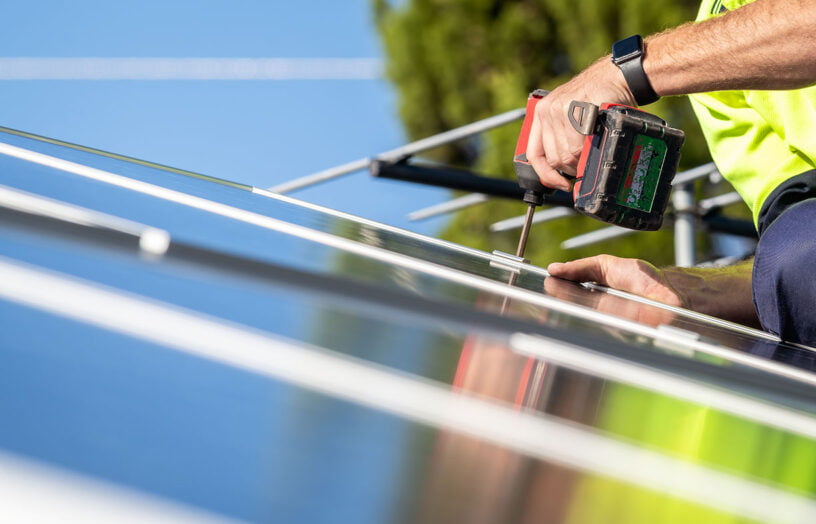 Efficient homes
Efficient homes
Tradies and the transition
Do we need as many tradies for electrification as many think? Not if we are innovative, writes Alan Pears.
Read more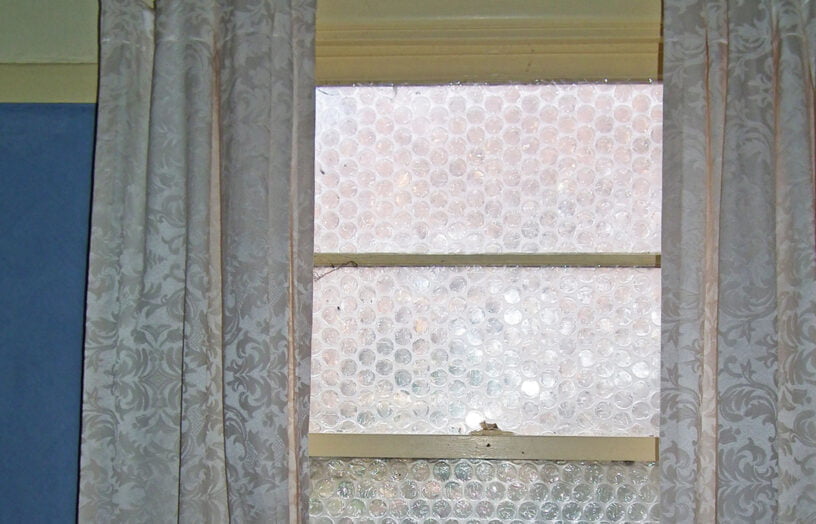 Efficient homes
Efficient homes
Double glazing on the (very) cheap
Do we need as many tradies for electrification as many think? Not if we are innovative, writes Alan Pears.
Read more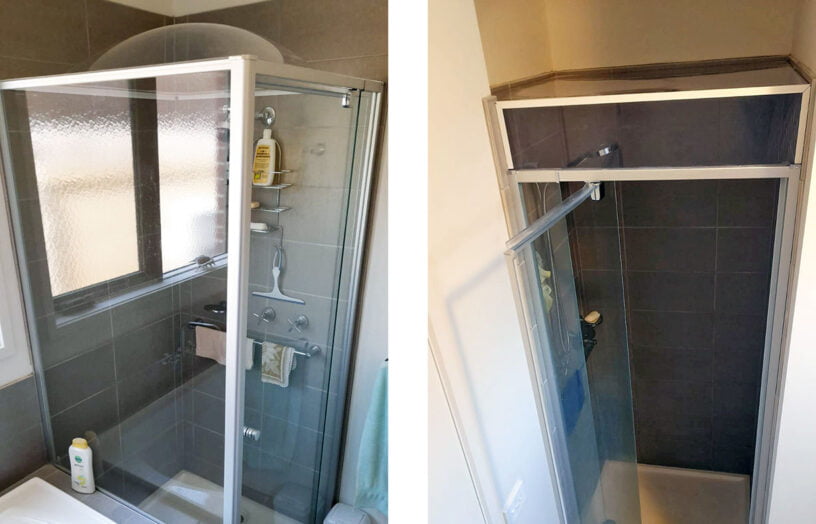 Efficient homes
Efficient homes
Ditching the shower fan
By fitting a lid on the shower, exhaust fans are not needed when showering. John Rogers describes this simple retrofit, using both a commercial product and a great looking DIY version.
Read more

